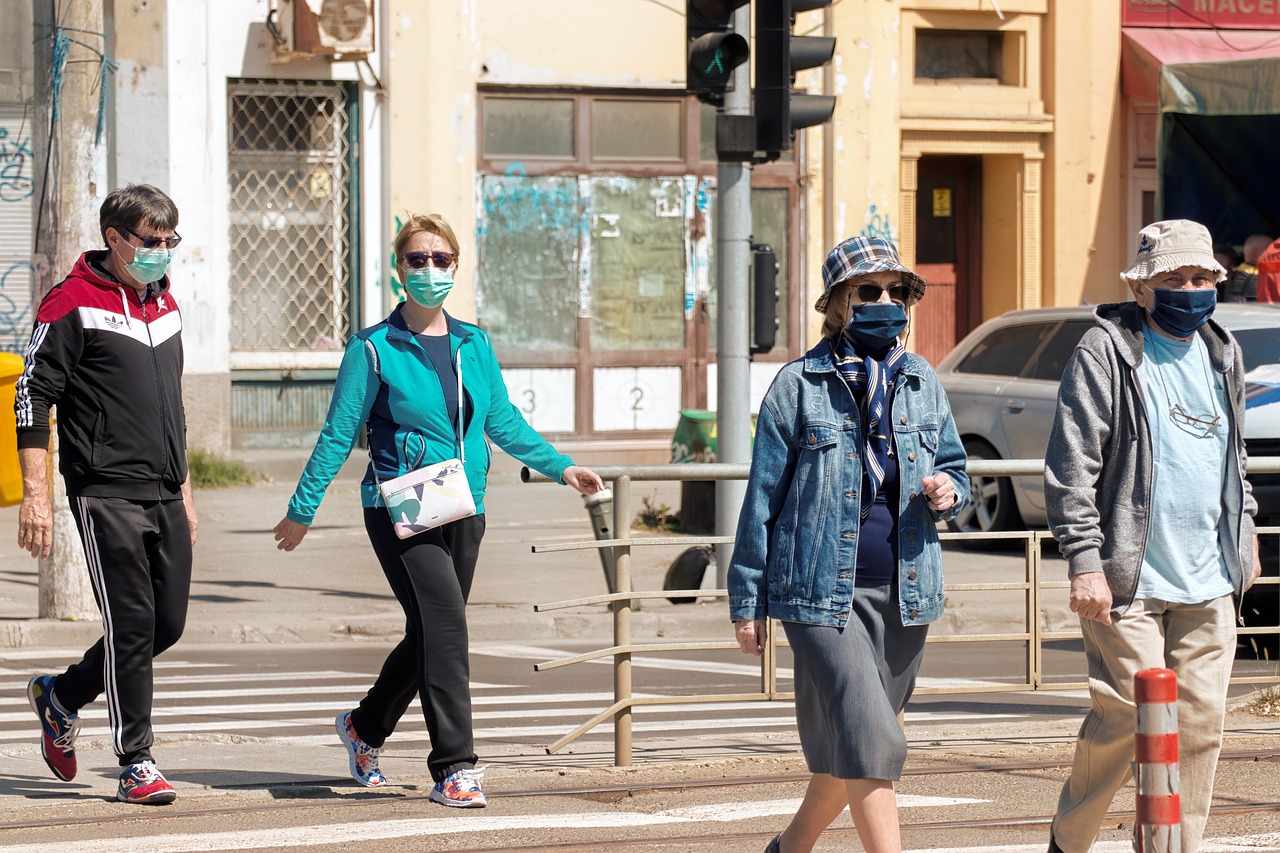This post was written by Hannah Morris, Director of Assessment & Advancement at The Latimer Group.
In Dean’s recent post about the impact of masks, he addressed new challenges to conversational communication. Indeed, the combination of muffled voices and invisible lips makes it far more difficult to catch every word that is said – especially for those of us who may already have an impairment. As he recommended, we should be aware of this and make our best efforts to ensure our interlocuter can, in fact, hear and comprehend us.
But there is a lot more that is getting lost, or at least quite muffled.
While we are struggling to make out each other’s verbal communication, we are also working harder than ever to capture and interpret the nonverbals. With 50% of the real estate gone, faces don’t “tell” the way they used to. And as listeners, we can no longer rely on our instincts to pick up on people’s state of mind or intentions; now we have to work for it. We have to listen more closely to tone of voice and give greater attention to the still visible eyes and brows.
The most important and problematic impact of this, to me, is in the muffled or missing display of warmth. This comes into play most often when we are interacting with people whom we do not know well or at all. Whether we are in stores, in lines, crossing paths on sidewalks, humans look to each other’s faces to gauge openness, interest, and emotion. We seek to discern if someone’s intentions toward us are benevolent, or not. Eye contact and facial expressions are critical to this trust-building process and are a very important part of our identity. This spring, recognizing this, thoughtful health-care workers on the frontline of the crisis began pinning photos of their faces on their layers of PPE for the many victims brought through their hospital doors.
My eight-year-old, who has always stood out in our family as an empath – has openly struggled with this. She has expressed concern about walking through crowds of masked people because they seem less friendly. Because she cannot see their full faces, she is concerned they are frowning at her. It is also harder to recognize the people she does know. The world, in her eyes, feels scarier of late.
So how can we read nonverbals and discern identity now, with so much obscured? And how can we communicate out our warmth and intentions while masked?

If our eyes and brows are going to play a more important role for the foreseeable future, we will all need to learn their subtleties; so let’s pay closer attention. Look for crinkles next to the eyes to indicate a smile. While the furrows of the brow can signal concern, they are not necessarily negative. In fact, our best approach will be to read each other generously, kindly. In this time of uncertainty, it is even more important to double down on empathy.
Since we can no longer rely on facial expressions, we can learn about people’s warmth and approachability by noting the cadence of their gait and their effort to acknowledge others in their path. Attention to a person’s walk, posture, and stance will also help us pick out our friends and acquaintances, as will their style of dress.
And while we are paying extra attention to these other details to fill in missing information, let’s also bring a healthy dose of patience. Let’s be patient with ourselves and others when we have to ask, yet again, “What was that?” or when we find ourselves in the awkward dance of a crowded grocery aisle.
With empathy and patience in mind, I am also looking for opportunities to amplify warmth in my own nonverbal communication. I am finding myself over-smiling to ensure that others can catch my cues in the periphery of my mask. I am also being more intentional with my verbal statements and actions, such as holding doors and yielding right of way, to signal friendliness, respect, and care. In my opinion, our world could use a lot more of that right now.
Does your team:
– Take too long to make decision?
– Fail to ask for what it wants or needs from you?
– Make things too complicated?
– Deliver unconvincing or disorganized presentations?
– Have new hires who are unprepared to communicate in the workplace?
We transform teams and individuals with repeatable toolsets for persuasive communication.
Explore training, coaching, and consulting services from The Latimer Group.
Looking for more from The Latimer Group?
- 3 Visual Mistakes to Avoid in Your Next Slide Deck
- Persuasion is Not Always Possible
- What Are Your Coffee Beans?
- The Recipe for Great Business Communication
- Bridging the Gap Between Intent and Impact
Looking for more from The Latimer Group?







Excellent! A brilliant role out of the demands on each person dealing in our new environment for communication. Communication ,which to begin with was and is never static as the Latimer Group has stressed, is now being forced as the article describes to demand more, much more than group or organizational communication skills, but down at the super market as the author say.s. And that’s why it’s brilliant. You guys got a whole expanded and new mkt namely every stressed organization dealing with every struggling individual in this world! Go get it Derick Nicholas
Thanks Derick! Great to hear from you. And I agree on all counts… lots of change, lots of opportunity, and a great piece by my colleague Hannah.
Be well.
Thank you, Derick. Yes, there are so many places where this impact is felt and so many ways in which it is changing our day to day. More than anything, we need to reflect and respond, and always look for opportunities to learn and grow.
Hey friends… I often spend a few minutes here and there looking through our recent blog posts, looking for themes, things that really stand out for me as important to our ongoing teaching. And I think Hannah has latched onto something really powerful here. She is an early voice in an entirely new element to “connective communication.”
Well done, Hannah. Great post, great comments, and I love your thought leadership on this.